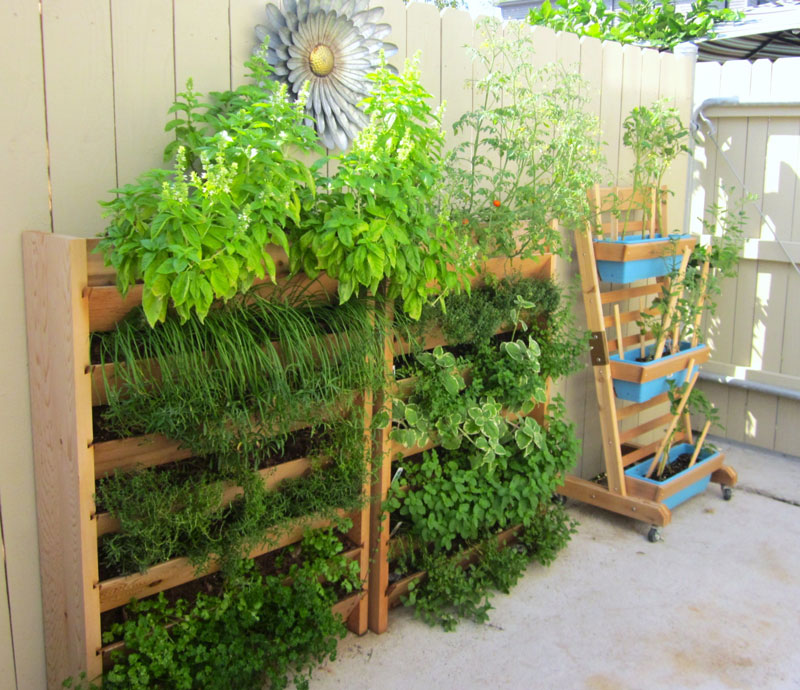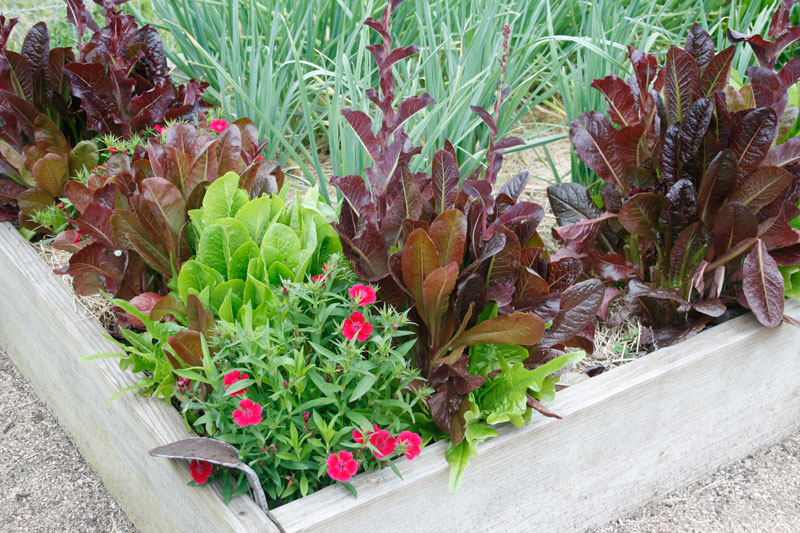Gardening in small spaces – by Diane Morey Sitton
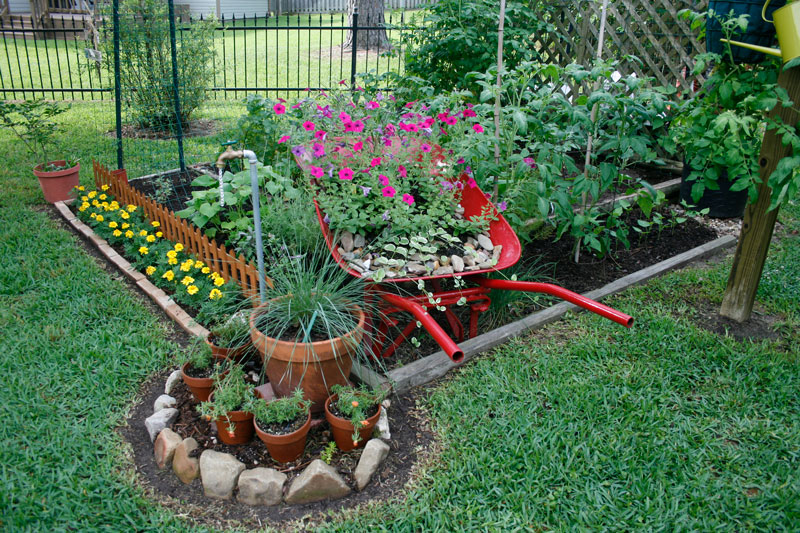
Whether your gardening space is a balcony, a courtyard, a narrow side yard or a pint-sized backyard, outsmarting small spaces to grow herbs, flowers and vegetables is easier than you think. Get started by following the space-saving ideas below.
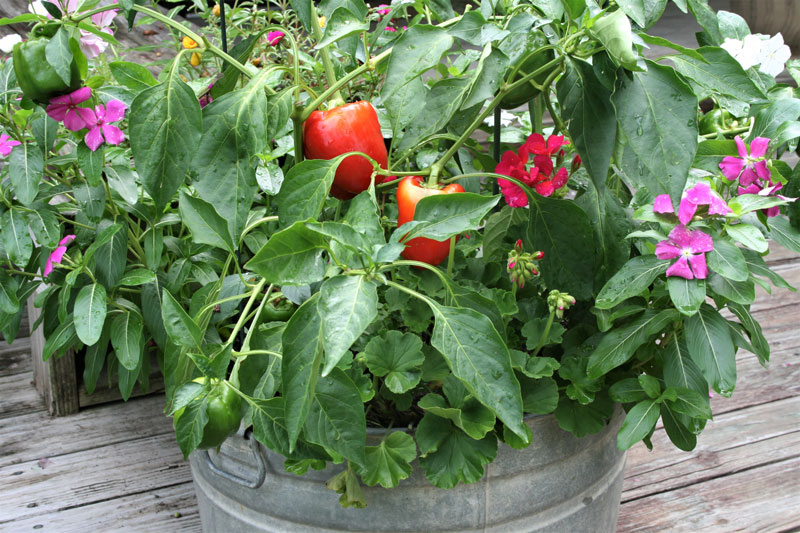
Grow in containers: Pots, planter boxes, window boxes, galvanized tubs, hanging baskets, and even old wheelbarrows: almost any receptacle can be used as long as it is deep enough to accommodate plants’ roots and has drainage holes. Besides maximizing the space on steps, patios, balconies and decks, containers can be moved to follow the sun, or to dodge a late frost. They accommodate kitchen herbs (mint, thyme, chives, among others), veggies including peppers and patio tomatoes, and annual and perennial flowers.
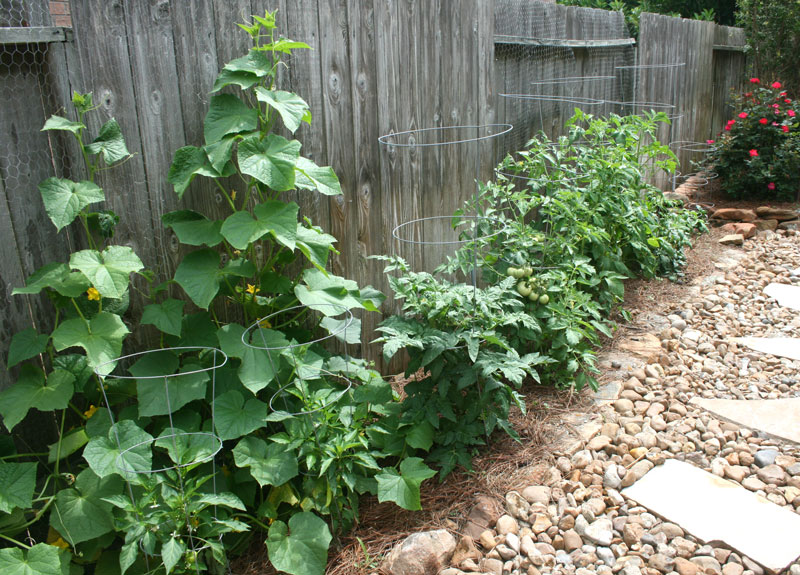
Grow vertically: As gardeners like to say, “grow up, not out,” so think trellises, tee-pees, wire cages, wire fence panels and other ways to direct rambling plants (tomatoes, cucumbers, pole beans, English peas) skyward. Besides requiring less space, vertically grown plants receive better air circulation than plants sprawled on the ground, so they have less chance of disease. Another plus, crops that are within arm’s reach are easy to pick.
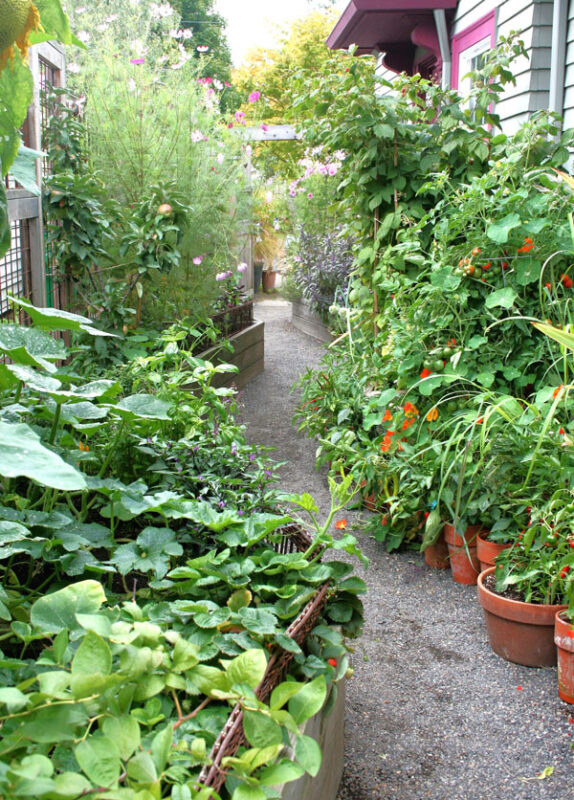
Grow plant partners: Multiply garden space by interplanting lettuce, radishes and other small, fast-growers among larger, slower growers such as broccoli, pepper and tomatoes. The fast-growers will be ready to harvest by the time the slow-growers overtake the space. Or, why not use one plant to support another. Climbing beans have no trouble growing up tall, sturdy sunflower stalks. Likewise, native Americans traditionally planted pole beans at the base of corn stalks.
Where space allows, intermingle yellow patio tomatoes, purple bell peppers, rainbow chard and other edibles among shrubs in sunny beds and borders. Besides filling unused pockets with a nutritious harvest, the edibles will put on a colorful show. Parsley and thyme make neat, low-growing, edible borders.
Grow in succession: Multiply the harvest instead of the space by planting a new crop as soon as the previous crop has finished. Leafy greens (such as lettuce and spinach) and root vegetables (carrots and beets, among others) are suitable for repeat plantings, or switch things up as the season progresses by replacing early, cool-season lettuce with grape tomatoes or by pulling the carrots, and replanting the space with heat-loving peppers. Successful succession planting requires sunny sites with fertile, organically-rich soil.
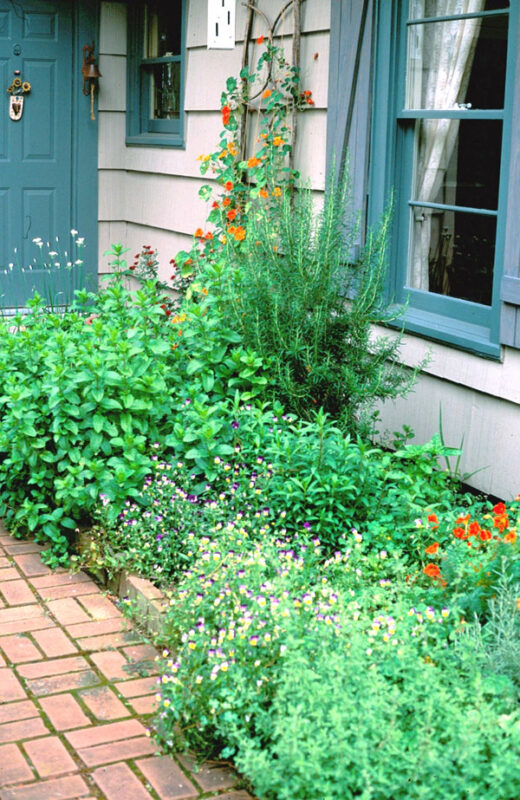
Grow space-saving plants: Luckily for small space gardeners, compact and dwarf varieties are readily available. ‘Aspabroc Baby’ broccoli is a cool-season favorite for window boxes and containers. Grow ‘Patio Choice’ yellow cherry tomatoes in tubs or in small gardens. Cages help support its copious clusters of golden yellow fruit. ‘Salad Bush’ cucumber, a 1998 AAS winner, bears 8-inch cukes on short, 24-inch vines. Even eggplant has sized-down varieties for small-space growers. For instance, a single ‘Patio Baby’ eggplant in a 2-gallon or larger pot grows to 18-24 inches tall. The pretty plants produce purple flowers followed by 2- to 3-inch long purple fruits.

